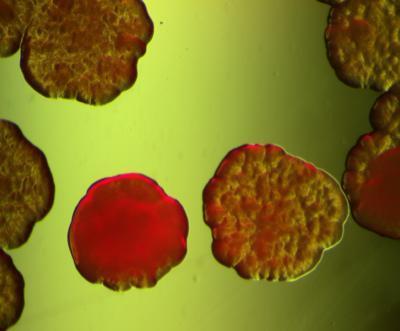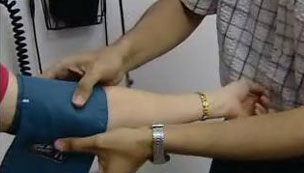
© iStockphoto/Olga SoloveiCommon experience tells us that particular scents of childhood can leave quite an impression, for better or for worse.
Common experience tells us that particular scents of childhood can leave quite an impression, for better or for worse. Now, researchers reporting the results of a brain imaging study online on November 5th in
Current Biology, a Cell Press publication, show that first scents really do enjoy a "privileged" status in the brain.
"We found that the first pairing or association between an object and a smell had a distinct signature in the brain," even in adults, said Yaara Yeshurun of the Weizmann Institute of Science in Israel. "This 'etching' of initial odor memories in the brain was equal for good and bad smells, yet was unique to odor." Sounds did not have the same effect, the research showed.
In the study, the researchers presented adults with a visual object together with one, and later with a second, set of pleasant and unpleasant odors and sounds while their brains were imaged by functional magnetic resonance imaging (fMRI). A week later, the researchers presented the same objects inside the fMRI and tested participants' associations of those images with the scents and smells.



